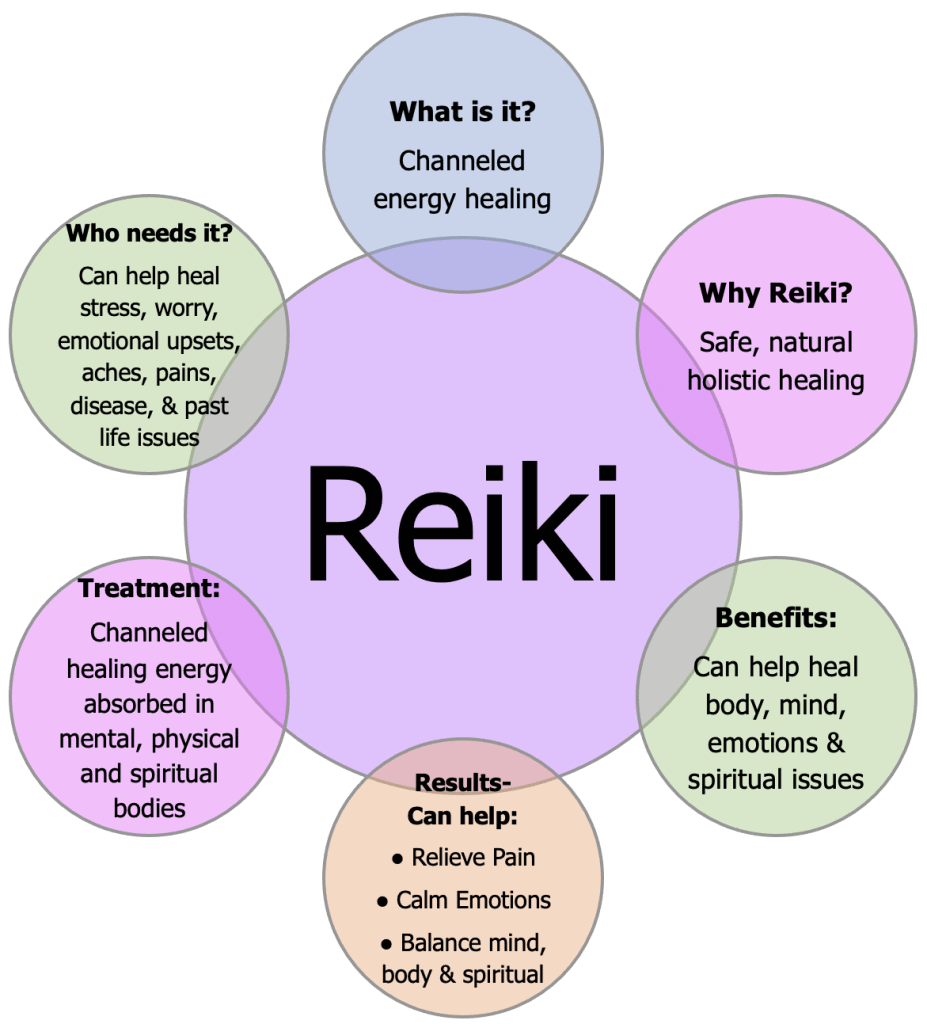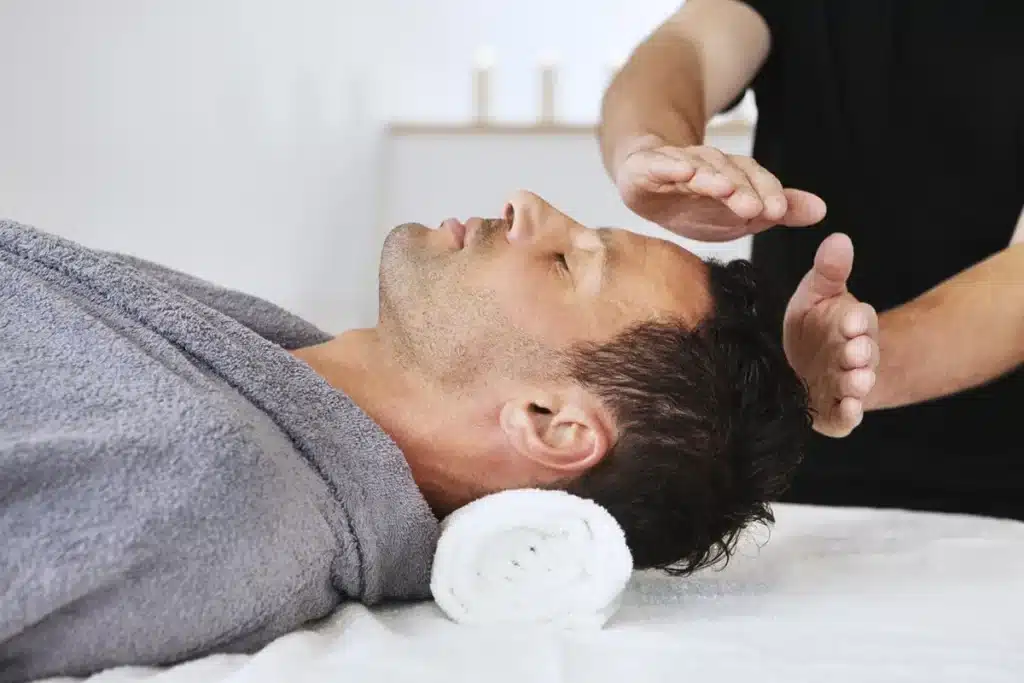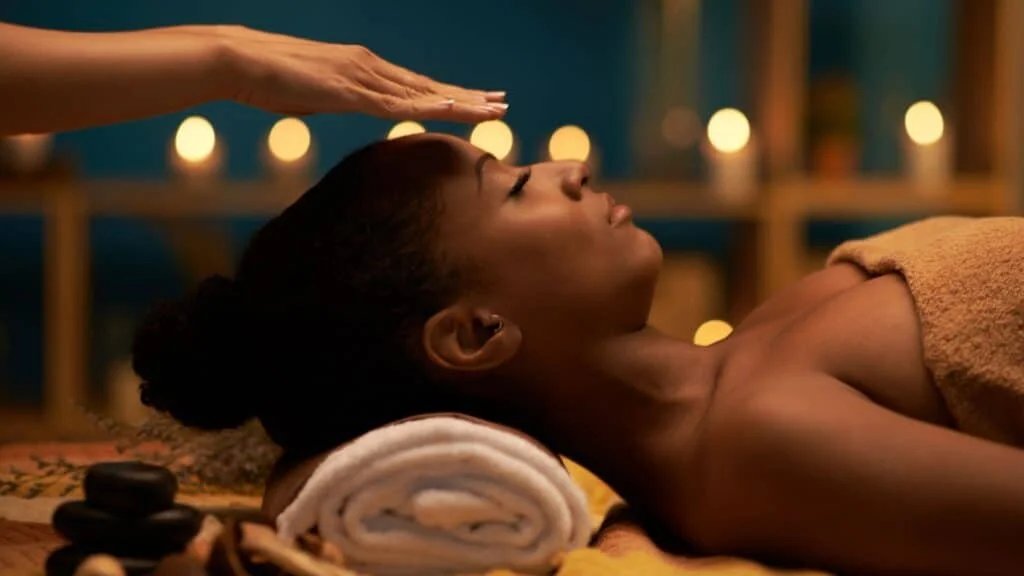Reiki, a form of alternative therapy involving energy healing, has been gaining significant traction in the UAE. This ancient Japanese practice is increasingly being embraced by residents seeking holistic wellness solutions. The growing popularity of Reiki in the UAE can be attributed to several factors, including the country’s emphasis on health and wellness, the rise of alternative medicine, and the increasing awareness of mental health and well-being.

The Essence of Reiki
Reiki, which translates to “universal life energy,” involves the transfer of energy from practitioner to patient to promote healing. This non-invasive technique aims to balance the body’s energy fields, reduce stress, and enhance overall well-being. Practitioners believe that by channeling energy, they can help patients achieve physical, emotional, and spiritual healing.

Increasing Demand for Holistic Wellness
Health and Wellness Focus
The UAE has been at the forefront of promoting health and wellness among its residents. The government’s initiatives, such as the Dubai Health Strategy 2021 and the Abu Dhabi Health Authority’s wellness programs, highlight the emphasis on holistic health practices. These initiatives have created a conducive environment for alternative therapies like Reiki to flourish.
READ MORE: The Law of Assumption

Rise of Alternative Medicine
The acceptance of alternative medicine is on the rise globally, and the UAE is no exception. According to a report by the Global Wellness Institute, the wellness economy in the UAE is booming, with increasing investments in wellness tourism, spas, and holistic health services. Reiki, as a part of this broader trend, is finding its place among the various wellness offerings available in the country.

Growing Awareness and Accessibility
Education and Certification
Several institutions and wellness centers in the UAE offer training and certification in Reiki. These courses are designed to educate individuals about the principles of Reiki and train them to become certified practitioners. The availability of such educational programs has contributed to the growth of a skilled Reiki practitioner community in the UAE.

Wellness Centers and Spas
Numerous wellness centers and spas across the UAE have incorporated Reiki into their service offerings. Places like the Talise Spa at the Burj Al Arab, The Hundred Wellness Centre, and the Zen Yoga & Pilates Studio offer Reiki sessions, making it accessible to a wider audience. These establishments often integrate Reiki with other holistic therapies, providing comprehensive wellness packages to their clients.

Benefits and Popularity
Stress Reduction and Relaxation
One of the primary reasons for Reiki’s growing popularity is its effectiveness in reducing stress and promoting relaxation. In a fast-paced environment like the UAE, residents often seek ways to manage stress and improve their mental health. Reiki’s gentle, calming approach provides a much-needed respite from daily pressures.

Support for Mental Health
Reiki is also being recognized for its potential benefits in supporting mental health. Practitioners and clients report improvements in emotional well-being, reduction in anxiety, and enhanced clarity and focus. As awareness of mental health issues increases, more people are turning to Reiki as a complementary therapy to traditional mental health treatments.

Community and Cultural Integration
Expatriate Influence
The UAE’s diverse expatriate population has played a significant role in the introduction and spread of Reiki. Many expatriates bring with them a familiarity with alternative healing practices, which they share with the local community. This cultural exchange has facilitated a broader acceptance and integration of Reiki into the UAE’s wellness landscape.

Local Acceptance
Emirati nationals are also increasingly open to exploring alternative healing methods. The fusion of traditional Emirati healing practices with modern alternative therapies like Reiki creates a unique and holistic approach to wellness. This integration is further supported by community events, workshops, and wellness festivals that promote Reiki and other holistic health practices.

Future Prospects
Expanding Reach
The future of Reiki in the UAE looks promising, with increasing interest and participation from both practitioners and clients. As more people experience the benefits of Reiki, the demand for qualified practitioners will grow. This will likely lead to the establishment of more dedicated Reiki centers and the inclusion of Reiki in mainstream healthcare settings.

Research and Validation
Ongoing research and validation of Reiki’s benefits will also contribute to its growth. Studies that scientifically validate the efficacy of Reiki in various health conditions will enhance its credibility and acceptance among the broader population and healthcare providers.

Conclusion
Reiki healing is steadily gaining momentum in the UAE, driven by the country’s focus on health and wellness, the rising acceptance of alternative medicine, and the growing awareness of mental health. As Reiki continues to integrate into the UAE’s wellness landscape, it offers a holistic approach to achieving physical, emotional, and spiritual well-being.
For more insights into the latest trends and developments in the wellness world, visit What’s Hot in UAE.



